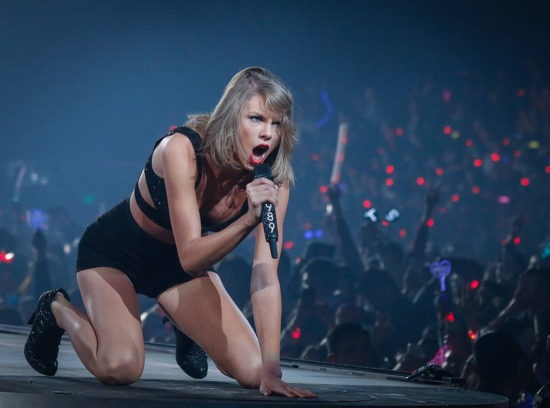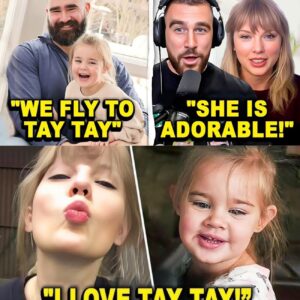Researchers from the social media firm Graphika found that harᴀssment runs amok in the fan community — and it can teach us a lot about how people behave online

THERE’S SOME BAD blood in the Taylor Swift community. According to a new report from social media tracking firm Graphika, the largest harᴀssment in Swift fandom spaces is happening between radical Gaylor and Anti-Gaylor accounts online — and changing fandom interactions for the worse.

#Gaylor is a long-running fan theory that baselessly purports Swift is queer and is leaving secret messages referring to it in her work. (While she does leave “easter eggs” about various topics in her music, Swift has never said she is anything other than straight and has only been in public relationships with men—though she has been a vocal advocate and ally for the LGBTQ+ community.) Anti-Gaylor fans, also known by the derisive term Hetlors, are a subculture of Swift followers who believe the harmless Gaylor fan theory is disrespectful to the pop star. The theory, which originated on the blogging site Tumblr in the mid-2010s, became a renewed topic of interest online when Swift abruptly announced her tenth studio album Midnights in 2022 — and began releasing coded messages about the contents and meanings behind her new songs.

Released Wednesday morning, the Graphika report details that factions in the online Swift fandom can be split into six distinct but connected groups: Multi-Stan, Spanish-Language, Gaylor, Anti-Gaylor, Larries, and Neutral Swifties. The report found that factions exist even inside group lines, and polarized communities consistently interact with content from other groups far more than those they agree with. But Gaylors and Anti-Gaylors, specifically, have shown a common playbook on how harᴀssment takes shape in online communities.
In an exclusive interview, report authors Cristina López G. and Avneesh Chandra tell Rolling Stone that mapping the Swift fandom doesn’t just provide information on the inner workings of the pop star’s fan groups — it’s a blueprint for how online communities and social media platforms can develop better practices moving forward.

“This community is just one good case study of how fandoms generally operate because of the size and the history of the community,” Chandra tells Rolling Stone. “But if you are able to understand one example of the way this happens online, hopefully, it will help you contextualize other instances, because nothing is an isolated phenomenon.”
The researchers examined over 13,000 Swift-related accounts on Twitter and mapped the six groups based on key terms, hashtags, size, volume of content, and interactions with each other. (For instance, the Larries group was defined by accounts that believed former One Direction bandmates Harry Styles and Louis Tomlinson were or should be in a romantic relationship.) All six Swiftie groups were connected by content focused on the pop star, most of which is largely benign. Yet both Gaylor and Anti-Gaylor accounts use common harᴀssment tactics like doxxing, mᴀss reporting through coordinated attacks, and using coded language and sock puppet accounts to expand their reach and evade bans.





